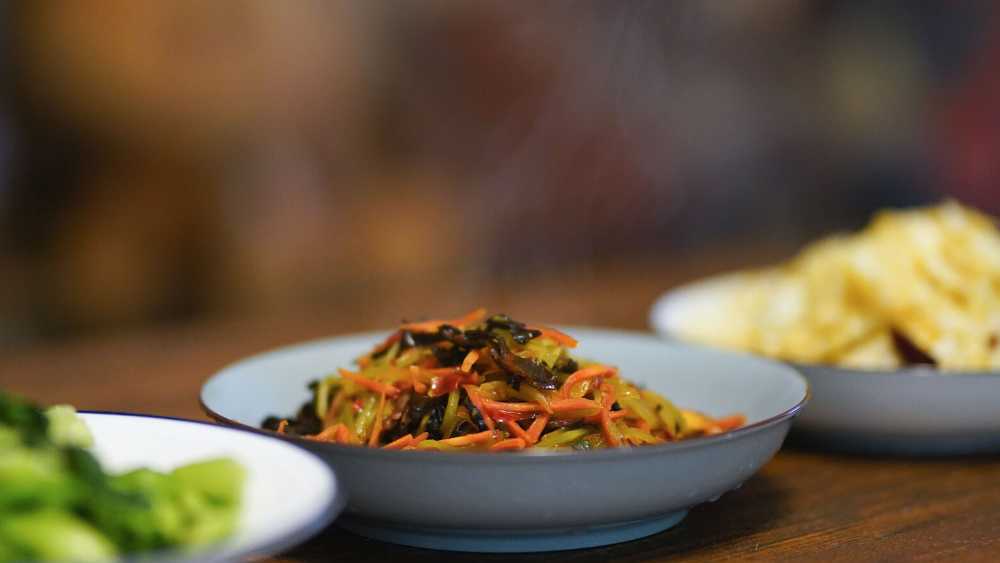The quest for peak athletic performance has always been inextricably linked to effective recovery, with competitors perpetually seeking an advantage in mending bodies and minds. For generations, this search led down well-trodden paths of ice baths, specialized diets, and pharmaceutical interventions. However, a seismic shift is occurring in the sports world, as cannabis, once a heavily stigmatized substance, is emerging as a formidable contender in the recovery toolkit. This profound re-evaluation by professional and amateur athletes alike signals a growing disillusionment with conventional options that often carry significant side effects, pushing them towards a more natural and holistic approach to sustained physical and mental well-being.
Beyond the Band-Aid: A Holistic Approach
What athletes are learning is that cannabis is far more than a simple painkiller; it’s a multi-faceted agent addressing several critical aspects of post-exertion recuperation. The plant’s compounds interact with the body’s endocannabinoid system to not only modulate pain perception, offering a compelling alternative to addictive opioids, but also to significantly reduce inflammation, a core component of muscle soreness and injury. Crucially, cannabis is proving to be an ally in optimizing sleep—the body’s most potent recovery mechanism—and fostering mental resilience, helping athletes navigate the immense pressures, anxieties, and even post-career transitions inherent in competitive sports. This comprehensive support system underpins a new philosophy where recovery means restoring balance to the entire self, not just patching up injuries.
The efficacy of cannabis in athletic recovery is rooted in its interaction with the body’s endogenous systems. Athletes are now applying this understanding through a diverse array of products tailored for specific needs: from fast-acting tinctures for immediate relief, to long-lasting edibles for sustained inflammatory support and improved sleep cycles. The era of casual consumption is giving way to informed, strategic use, with individuals experimenting with varying ratios of cannabinoids like CBD and THC to personalize their recovery protocols. This intelligent application reflects a maturation in how cannabis is perceived and utilized, moving it firmly into the realm of sophisticated wellness management rather than recreational indulgence.
Despite the accumulating evidence and surging athlete testimonials, the path to universal acceptance for cannabis in sports medicine remains challenging. Regulatory bodies within various leagues are slowly adapting, but inconsistencies persist, creating uncertainty for athletes seeking to integrate cannabis legally and safely. Furthermore, lingering societal stigmas, though diminishing, still present barriers, and the need for more extensive, large-scale clinical research is paramount to fully validate the anecdotal claims and establish best practices for dosing and product selection. Yet, the relentless advocacy from athletes themselves, particularly those who have personally experienced its benefits, is proving instrumental in breaking down these enduring walls, fostering open dialogue, and propelling policy reform.
The Future is Green: Integrating Cannabis into Mainstream Recovery
The trajectory for cannabis in sports recovery points towards an undeniable future where it will become a mainstream, integrated component of athlete wellness regimens. As scientific understanding deepens, regulations continue to evolve, and athlete-led advocacy gains further traction, we can anticipate a landscape where specialized cannabis-based therapies are routinely recommended by sports medicine professionals. This progressive shift will empower athletes at all levels—from professional competitors to weekend warriors—with a potent, natural, and comprehensive tool to enhance their recovery, mitigate discomfort, and sustain their careers and active lifestyles for longer, solidifying cannabis’s place as a cornerstone of modern athletic well-being.














